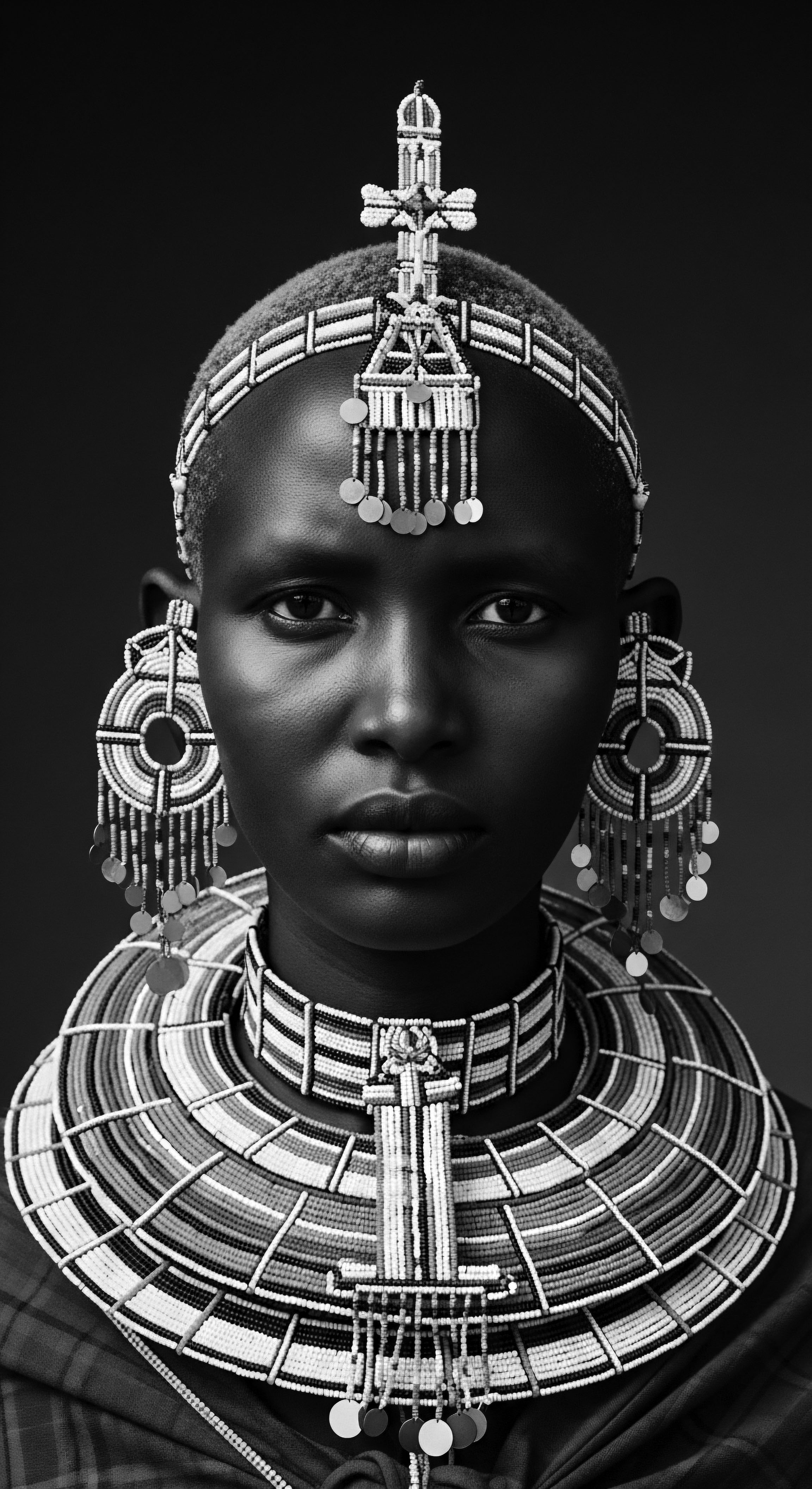
How did ancestral methods influence cleansing for textured hair?
Ancestral methods used natural elements like plant saponins and clays, shaping a heritage of gentle, nourishing cleansing for textured hair.

Did ancestral practices preserve textured hair from sun damage?
Ancestral practices preserved textured hair from sun damage through inherent hair structure, protective styling, and natural emollients and pigments.

Can modern science validate the effectiveness of traditional hair moisture retention methods from heritage?
Modern science confirms heritage hair practices offer effective moisture retention for textured hair.

In what ways did historical challenges impact textured hair oiling practices?
Historical challenges profoundly reshaped textured hair oiling, forcing adaptation and resilience while preserving its vital cultural heritage.

How did historical African oils protect textured hair?
Historical African oils, like shea butter and palm oil, formed protective barriers, sealed moisture, and reduced friction, preserving textured hair heritage.

What ancestral practices aided textured hair resilience?
Ancestral practices nurtured textured hair resilience through protective styling, natural ingredients, and communal rituals deeply infused with heritage.

What is the role of heritage in understanding textured hair care efficacy?
Heritage reveals how centuries of ancestral wisdom inform and validate the efficacy of textured hair care practices.

How do ancient plant remedies aid modern hair?
Ancient plant remedies aid modern hair by providing time-tested botanical wisdom and practices for textured strands, deeply rooted in heritage.

How did ancient Africans shield their hair from sun?
Ancient Africans shielded textured hair from the sun using its inherent coil structure, nourishing natural oils, and protective cultural styles.

In what ways does ancestral wisdom continue to shape textured hair care?
Ancestral wisdom guides textured hair care through traditional practices, botanical knowledge, and deep cultural connections that honor its heritage.

How did ancient communities apply botanical preparations to textured hair?
Ancient communities used earth's botanicals, like oils and clays, for textured hair care, deeply connecting to heritage and identity.

Can plant saponins benefit scalp health for textured hair?
Plant saponins offer a gentle, heritage-aligned cleansing for textured hair, soothing the scalp and preserving its delicate balance.

What ancestral hair rituals are still relevant for modern textured hair care?
Ancestral hair rituals offer timeless principles for textured hair, rooted in protection, natural nourishment, and community connection.

How did historical practices prepare textured hair for styling?
Historical practices prepared textured hair through natural moisturizers, gentle stretching, and communal rituals, preserving cultural heritage.

How did ancient ash cleansers nourish textured hair?
Ancient ash cleansers nourished textured hair by transforming natural oils into soap, a practice deeply rooted in diverse cultural heritage.

What environmental factors threatened ancient textured hair?
Ancient textured hair faced threats from harsh climates, water scarcity, and environmental particulates, met with ingenious ancestral protective practices.

Can textured hair science validate traditional care methods from the diaspora?
Textured hair science often explains the efficacy of traditional care methods, affirming ancestral wisdom through modern understanding.

How does reclaiming natural texture reconnect with ancestral hair heritage?
Reclaiming natural texture connects deeply with ancestral hair heritage, revitalizing identity, communal bonds, and historical resilience.

In what ways do traditional hair care rituals reflect heritage and scientific understanding?
Traditional hair care rituals reflect a deep, intuitive science interwoven with cultural identity and the preservation of textured hair heritage.

In what ways do historical hair practices validate current textured hair science for heritage communities?
Historical hair care practices of heritage communities often directly validate current textured hair science, showcasing ancestral ingenuity.

Why do traditional hair practices often emphasize moisture retention for textured strands?
Traditional hair practices for textured strands prioritize moisture retention as a core aspect of their inherited **heritage** and vitality.

What traditional African ingredients continue to serve modern textured hair needs?
Traditional African ingredients offer deep nourishment and protection, rooted in ancestral wisdom that continues to benefit modern textured hair.

How did ancient communities safeguard textured hair from sun?
Ancient communities shielded textured hair from sun using styles, coverings, and natural ingredients, embodying deep cultural heritage.

How did ancestral communities condition textured hair?
Ancestral communities conditioned textured hair through natural emollients, botanical blends, and protective styling, reflecting a deep, living heritage.

